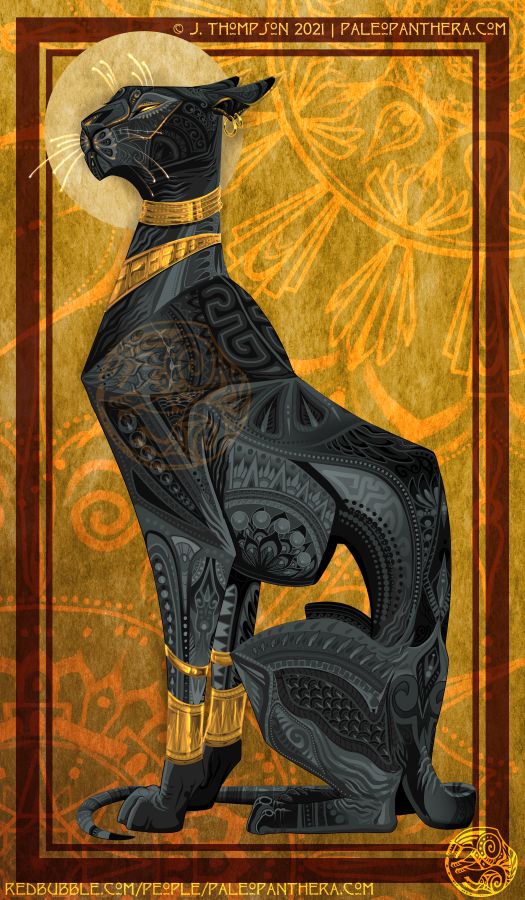The reverence for feline deities in ancient Egypt, particularly by the revered pharaohs, is vividly captured in a plethora of images and sculptures that continue to captivate archaeologists and historians. The worship of cats in ancient Egyptian culture transcended mere admiration for these majestic creatures, evolving into a sacred and symbolic practice that left an indelible mark on the archaeological record and serves as a window into the religious and cultural nuances of the time.
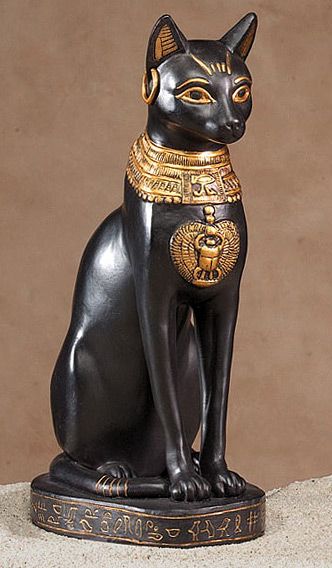
Images and sculptures depicting cats abound in ancient Egyptian art, reflecting their esteemed status in the eyes of the pharaohs and the broader society. Bastet, the feline goddess associated with home, fertility, and protection, became a prominent figure in the pantheon of Egyptian deities. Represented with the head of a lioness or a domestic cat, Bastet symbolized both the nurturing and fierce aspects of feline nature, embodying qualities highly valued by the ancient Egyptians.
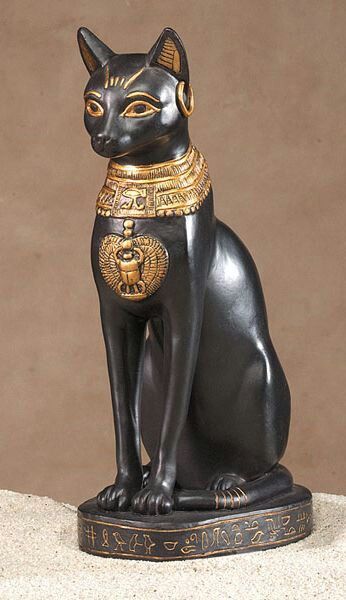
Archaeologists, while excavating temples, tombs, and burial sites, frequently unearth intricate statues and paintings portraying pharaohs in intimate interactions with feline companions. These depictions highlight the personal connection between the rulers and their beloved cats, underscoring the animals’ role as not only pets but also spiritual guides and protectors. The symbiotic relationship between pharaohs and cats is etched into the annals of ancient Egyptian art, shedding light on the profound cultural significance attached to these creatures.
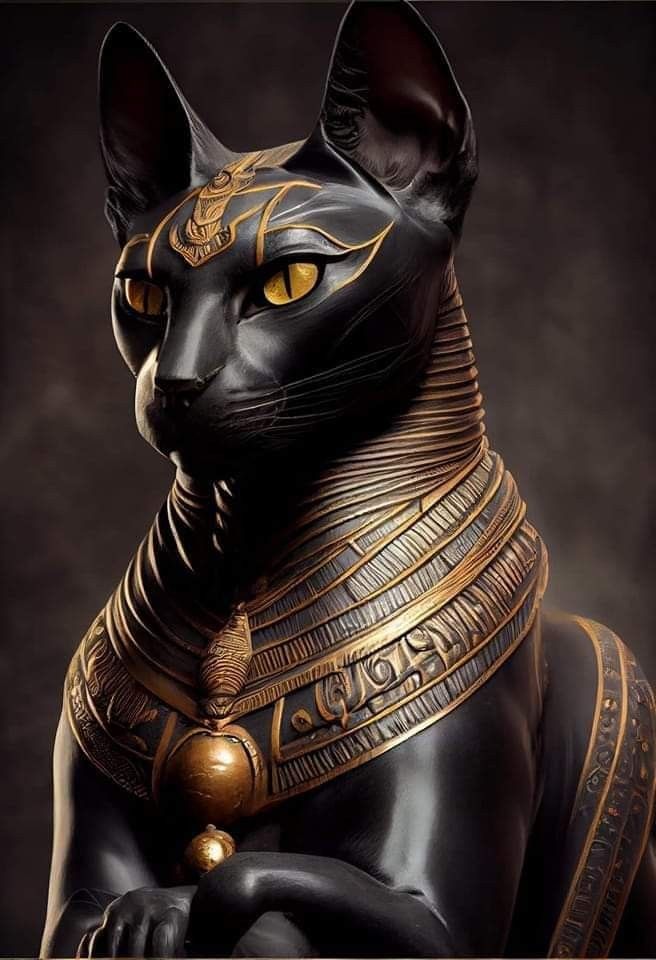
The archaeological findings extend beyond depictions of pharaohs and cats as mere companions. Elaborate cat cemeteries have been discovered, revealing the meticulous care taken in honoring these animals in death. Burial sites include intricately crafted cat-shaped coffins and mummies, emphasizing the belief in an afterlife and the importance of ensuring the well-being of feline companions even in eternity.
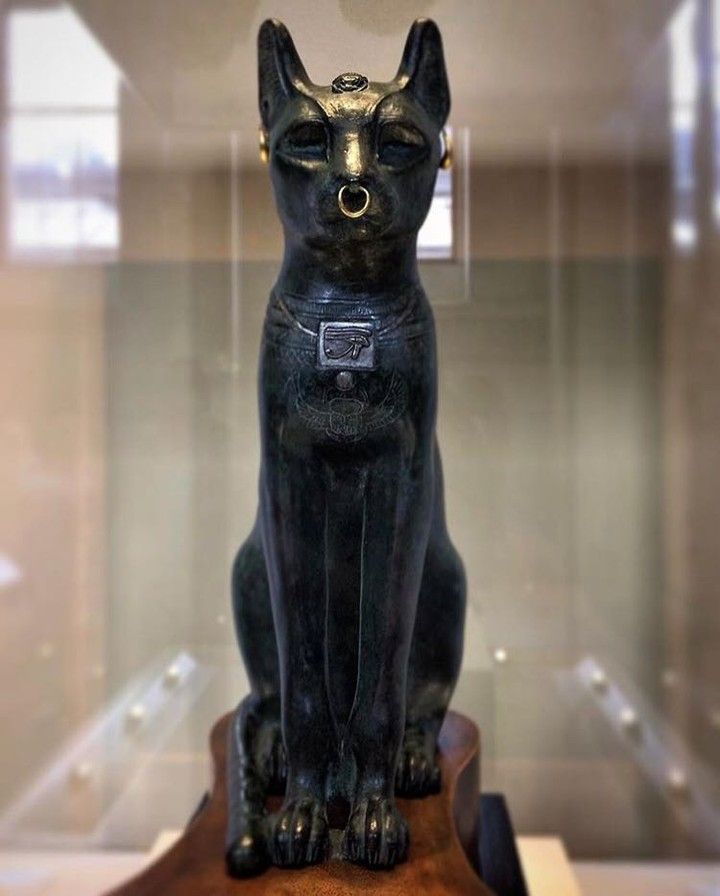
The fascination with cats went beyond religious symbolism; it permeated daily life and societal structures. Cats were revered for their perceived protective qualities, guarding homes and granaries from vermin, thus contributing to the prosperity of the community. The admiration for cats was so deeply ingrained that harming one, even accidentally, was met with severe penalties.
As archaeologists uncover more artifacts and study the rich tapestry of ancient Egyptian art and culture, the worship of cats emerges as a thread woven into the very fabric of society. The images and sculptures celebrating feline deities showcase not only the aesthetic sensibilities of the time but also the spiritual and practical roles cats played in the lives of the ancient Egyptians.
In contemporary times, the fascination with the worship of cats by ancient pharaohs endures, captivating the imagination of historians, cat enthusiasts, and the wider public. The legacy of Bastet and the revered status of cats in ancient Egyptian society continue to be celebrated as testaments to the profound and enduring bond between humanity and its feline companions across the sands of time.

